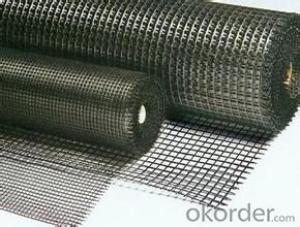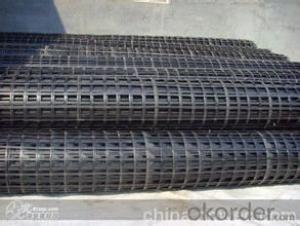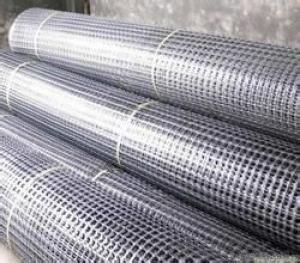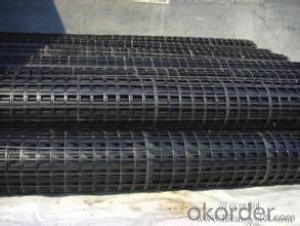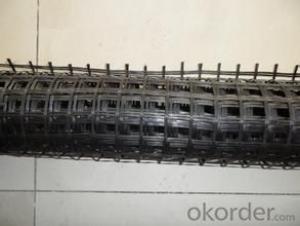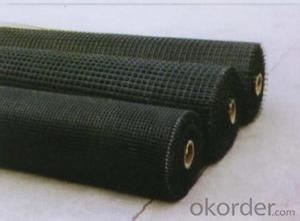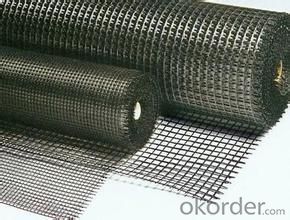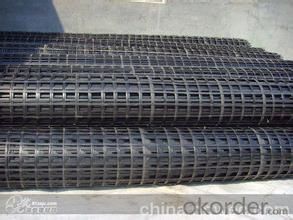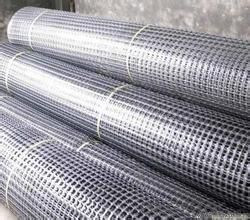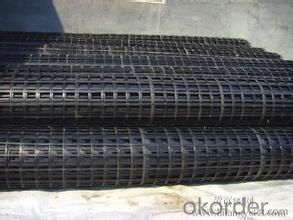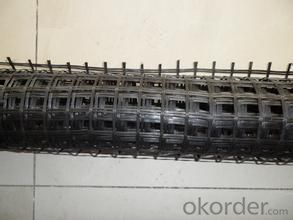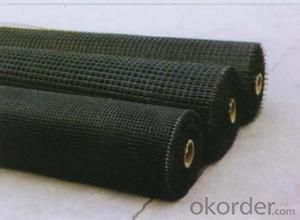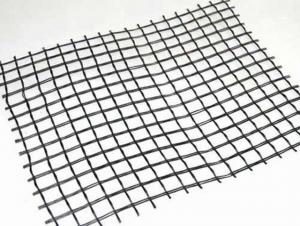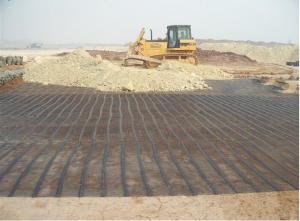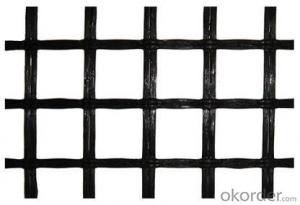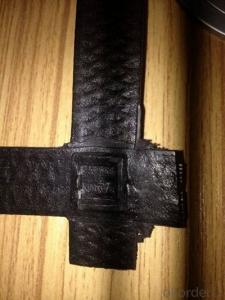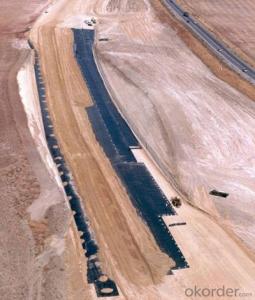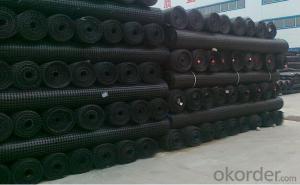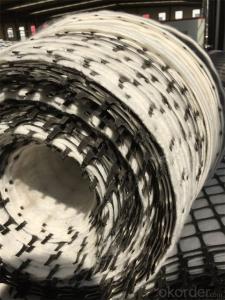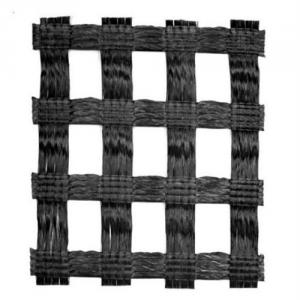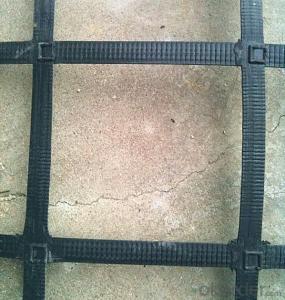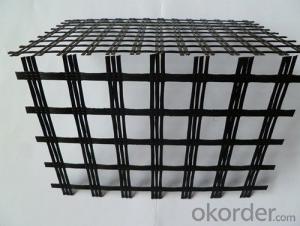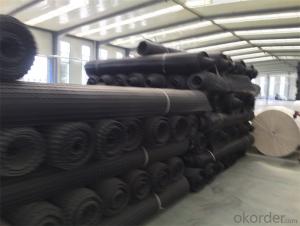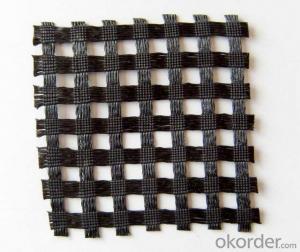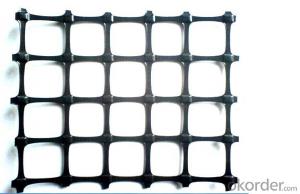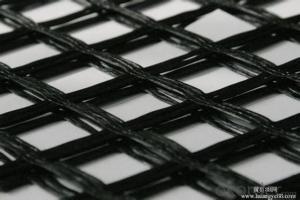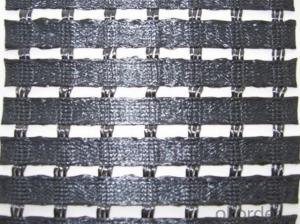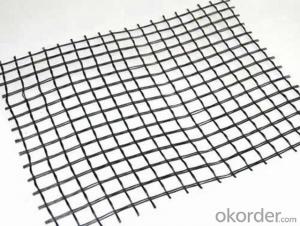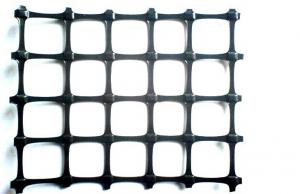Televev Polyester Geogrids - Fiberglass Geogrid Геосетк М50 Разрывная Нагрузка, Кн/М 30х30
- Loading Port:
- China main port
- Payment Terms:
- TT OR LC
- Min Order Qty:
- 1 m²
- Supply Capability:
- 100000000 m²/month
OKorder Service Pledge
OKorder Financial Service
You Might Also Like
Fiberglass Geogrid With CE ISO certification
Геосетк Длина рулона, м 50 Разрывная нагрузка,
Intriduction:
CMAZ fiberglass georid is based on fiberglass woven cloth with modified bitumen or PVC, it was developed to address the problem of pavement cracing on highways, roads and runways, driven by a need to reduce cost for infrastructure maintanance and repair.
It is a characterized by high tensile strength in axial and lateral direcions,low stretch rate, alkali-resistance, low temperature-resistance, as well as convenience in construction and low price. It can be on pitch pavement to prevent cracks and prolong pavement service life. It also can be used as a basal reinforcement material for hillsides, reservoirs,harbors,ports,water channels,seawalls,etc.
Performance:
High strength, high modulus and low temperatures resistance.
Product function:
1. It reinforces old asphalt concrete road surface and asphalt surface layer, and prevents damage;
2. it used for rebuilding cement concrete road surface into composite road surface and restraining reflection caused by block contraction;
3. it is used in road expansion and improvement project and crack caused by old and new combination position and uneven sedimentation;
4. it is used in soft soil base reinforcement treatment ,is favorable for soft soil water separation and concretion, restrains sedimentation effectively, distributes stress uniformly and improve overall strength of road base;
5. it is used for preventing contraction crack caused by new road semi-rigid base layer, and reinforcing and preventing road surface crack caused by foundation crack reflection
In Russian:
Геосетка представляет собой дорожную пластиковую сетку, состоящую из ячеек. Ячеистая структура геосетки позволяет ей хорошо скреплять слои конструкции.
Свойства геосетки позволяют использовать ее в следующих целях:
для армирования объектов дорожного строительства;
в качестве разделителя строительных слоев;
для усиления железнодорожных оснований;
для создания площадок под высокие нагрузки.
| Tensile | Warp | ≥30 | ≥50 | ≥60 | ≥80 | ≥100 | ≥120 | ≥150 |
| Strength | ||||||||
| (KN) | Weft | ≥30 | ≥50 | ≥60 | ≥80 | ≥100 | ≥120 | ≥150 |
| Elogation | Fiberglass | <4 % | 4 % | 4 % | 4 % | 4 % | 4 % | 4 % |
| Polyester | <13%< td=""> | 13% | 13% | 13% | 13% | 13% | 13% | |
| Mesh size(mm) | 12.7×12.7 | 12.7×12.7 | 12.7×12.7 | 12.7×12.7 | 12.7×12.7 | 12.7×12.7 | 12.7×12.7 | |
| 25.4×25.4 | 25.4×25.4 | 25.4×25.4 | 25.4×25.4 | 25.4×25.4 | 25.4×25.4 | 25.4×25.4 | ||
| 42×42 | 42×42 | 42×42 | 42×42 | 42×42 | 42×42 | 42×42 | ||
| 50×50 | 50×50 | 50×50 | 50×50 | 50×50 | 50×50 | 50×50 | ||
| Elastic Modulus | 76 | 76 | 76 | 76 | 76 | 76 | 76 | |
| (Fiberglass) | ||||||||
| Width(m) | 1~6 | 1~6 | 1~6 | 1~6 | 1~6 | 1~6 | 1~6 | |
| Length(m) | 50~300 | 50~300 | 50~300 | 50~300 | 50~300 | 50~300 | 50~300 | |
| Temperature | Fiberglass | -100~280 | -100~280 | -100~280 | -100~280 | -100~280 | -100~280 | -100~280 |
| Resistant (°C) | Polyester | -100~280 | -100~280 | -100~280 | -100~280 | -100~280 | -100~280 | -100~280 |
| Resin | Fiberglass | 18~20 | 18~20 | 18~20 | 18~20 | 18~20 | 18~20 | 18~20 |
| Content (%) | polyester | ≤30% | ≤30% | ≤30% | ≤30% | ≤30% | ≤30% | ≤30% |
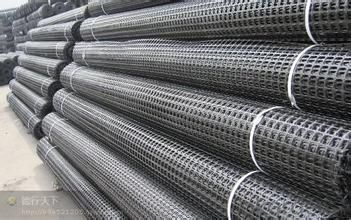
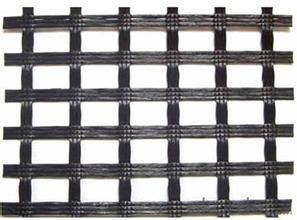
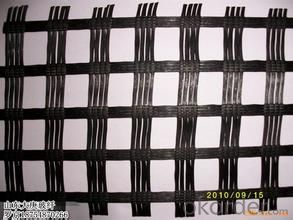
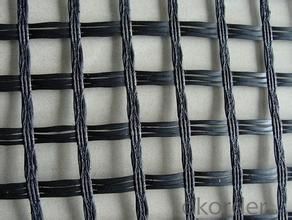
- Q: The difference between composite geomembrane and bentonite waterproof blanket
- The products of different materials, bentonite waterproof blanket composed of clay minerals and natural material processing machine, high expansibility and high water absorption capacity, moisture permeability is low; the composite geomembrane material is polyethylene particles by calendering equipment to produce plastic film
- Q: How do geogrids enhance the performance of reinforced embankments?
- Geogrids enhance the performance of reinforced embankments by providing a stable and strong reinforcement layer. They distribute and transfer loads more efficiently, reducing lateral spreading and settlement. Geogrids also increase the overall stability of the embankment, preventing erosion and maintaining its integrity over time.
- Q: What is the distance between the waterproof plate and the top of the tunnel? What are the relevant provisions of this specification?
- The main production and operation of a variety of plastic geogrid, steel plastic composite geogrid, fiberglass geogrid, warp knitted polyester geogrid
- Q: What are the benefits of using geogrids in pavement construction?
- Geogrids offer several benefits in pavement construction, including improved stability and load-bearing capacity, reduced cracking and rutting, increased pavement lifespan, and cost savings. By reinforcing the soil or aggregate base, geogrids distribute the load more evenly, preventing the formation of potholes and reducing maintenance requirements. Additionally, they enhance the overall structural integrity of the pavement, making it more resistant to heavy traffic and environmental factors such as freeze-thaw cycles. Ultimately, utilizing geogrids in pavement construction leads to longer-lasting, more durable roads with reduced maintenance needs, resulting in cost savings over time.
- Q: Are geogrids resistant to aging?
- Yes, geogrids are generally resistant to aging. They are designed to withstand long-term exposure to environmental factors such as UV radiation, temperature fluctuations, and chemical exposure, which helps to maintain their strength and durability over time.
- Q: How do geogrids enhance soil reinforcement?
- Geogrids enhance soil reinforcement by providing additional tensile strength to the soil, effectively distributing and transferring the applied loads. They create a stable and reinforced soil structure by interlocking with the soil particles and confining them in place, preventing lateral movement and improving overall stability. This reinforcement helps to minimize soil erosion, increase load-bearing capacity, and extend the lifespan of the structure.
- Q: Can geogrids be used in retaining walls for residential applications?
- Yes, geogrids can be used in retaining walls for residential applications. Geogrids provide additional reinforcement to the soil, improving stability and preventing potential wall failure. They are commonly used to increase the strength and durability of retaining walls in residential settings, ensuring long-term performance and safety.
- Q: Can geogrids be used in reinforced earth walls?
- Yes, geogrids can be used in reinforced earth walls. Geogrids are commonly used as reinforcement elements in reinforced earth walls to improve stability and increase load-bearing capacity. They provide tensile strength and distribute loads, preventing soil movement and enhancing the overall performance of the structure.
- Q: Do geogrids provide reinforcement to geosynthetic liners?
- Yes, geogrids can provide reinforcement to geosynthetic liners. Geogrids are typically used in geosynthetic liner systems to enhance the overall strength, stability, and performance of the liners. They help distribute loads, reduce deformation, and improve the long-term performance of geosynthetic liners.
- Q: Can geogrids be used in temporary construction haul roads for mining applications?
- Yes, geogrids can be used in temporary construction haul roads for mining applications. Geogrids are commonly used in such scenarios to reinforce the road base, improve stability, and prevent soil erosion. They provide increased load-bearing capacity, reduce rutting, and can withstand heavy vehicle traffic, making them an ideal solution for temporary haul roads in mining operations.
Send your message to us
Televev Polyester Geogrids - Fiberglass Geogrid Геосетк М50 Разрывная Нагрузка, Кн/М 30х30
- Loading Port:
- China main port
- Payment Terms:
- TT OR LC
- Min Order Qty:
- 1 m²
- Supply Capability:
- 100000000 m²/month
OKorder Service Pledge
OKorder Financial Service
Similar products
Hot products
Hot Searches
Related keywords
